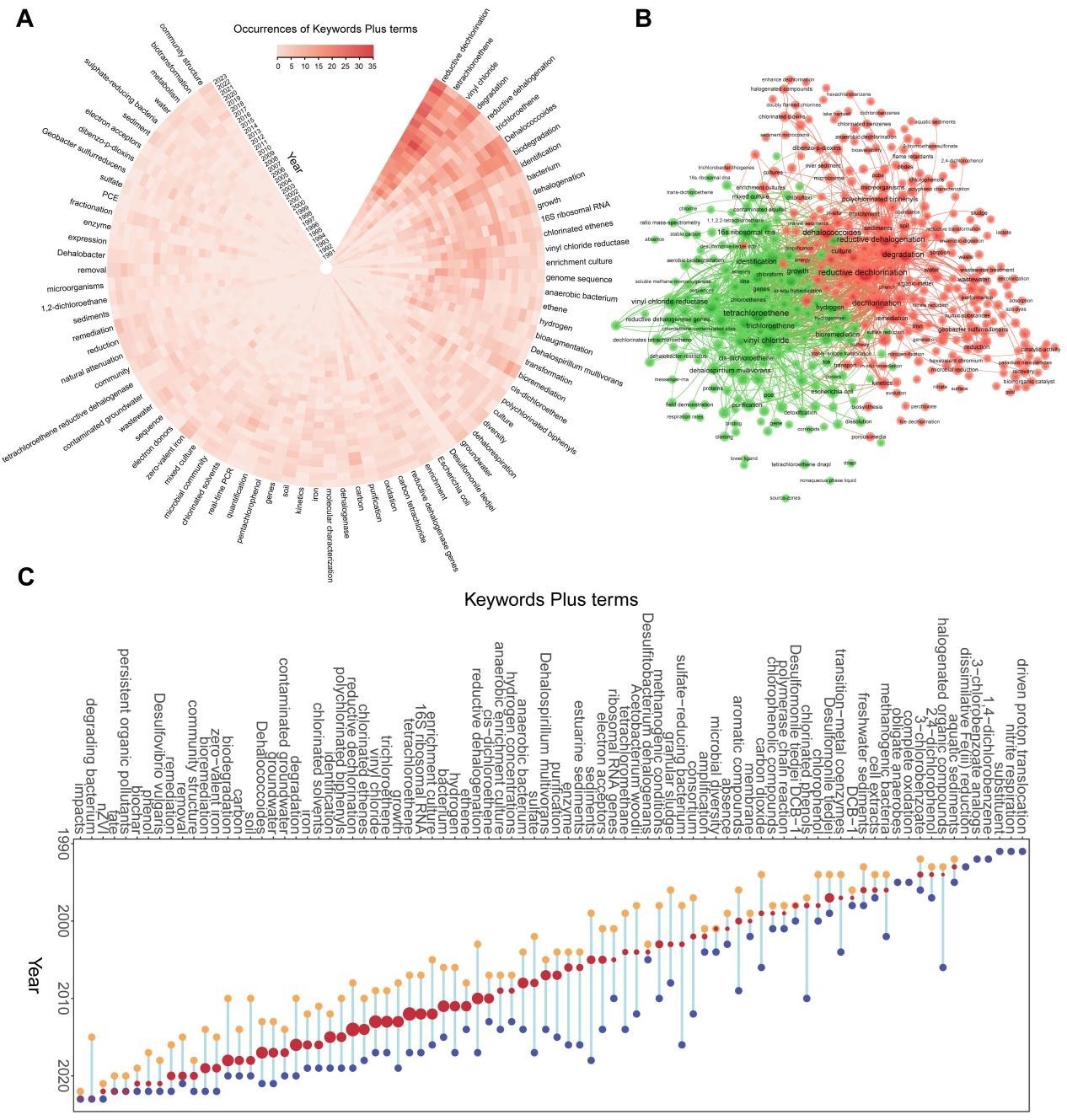Researchers Uncover Growth in Organohalide-Respiring Bacteria Research
A new study highlights the growing scientific interest in bacteria capable of breaking down harmful organohalides, offering insights into trends and future opportunities for environmental restoration.
Researchers from the Chinese Academy of Sciences have conducted an extensive bibliometric analysis of over three decades of research on organohalide-respiring bacteria (OHRB), microorganisms capable of metabolizing toxic halogenated compounds in oxygen-free environments. Found in ecosystems such as marine sediments, soils, and freshwater systems, these microbes play a crucial role in environmental restoration by degrading pollutants that threaten both ecosystems and human health.
The analysis, published in Frontiers in Microbiology, examined studies from 1988 to 2023 using the Web of Science database. The researchers used bibliometric methods—a quantitative approach to evaluating scientific literature—to identify trends, hotspots, and gaps in OHRB research. They found that global interest in these microorganisms has steadily increased, with China emerging as a major contributor in the last decade. The study also revealed that while Environmental Science & Technology is the most prolific journal for OHRB research, Applied and Environmental Microbiology holds the highest academic impact.
Early research primarily focused on the biological mechanisms underpinning OHRB’s ability to perform reductive dechlorination, a process that breaks down hazardous compounds like tetrachloroethylene and vinyl chloride. In recent years, however, the field has shifted toward practical applications, including bioremediation strategies for polluted environments. Keywords such as “restoration” and “removal” have become increasingly prominent, signaling the growing importance of applied research.
The researchers of the study also emphasized the importance of international collaboration in tackling shared environmental issues. ”The analysis highlights critical areas for future investigation, including the ecological roles of OHRB in global biogeochemical cycles, the use of synthetic biology to enhance pollutant degradation, and the potential contributions of other microbial groups, such as archaea, to dehalogenation processes,” said Dr. LIAO Hengyi, the study’s lead author. These directions could bridge gaps between fundamental science and applied environmental solutions, advancing efforts to address global pollution challenges.
This study not only documents the achievements in OHRB research but also outlines a roadmap for unlocking their full potential in bioremediation and ecosystem restoration, emphasizing the findings that underline the critical role of microorganisms in mitigating pollution and offering new hope for more effective strategies to restore contaminated environments.

Figure 1. Results for keyword network analysis and topic trend analysis(Image by LIAO Hengyi)



